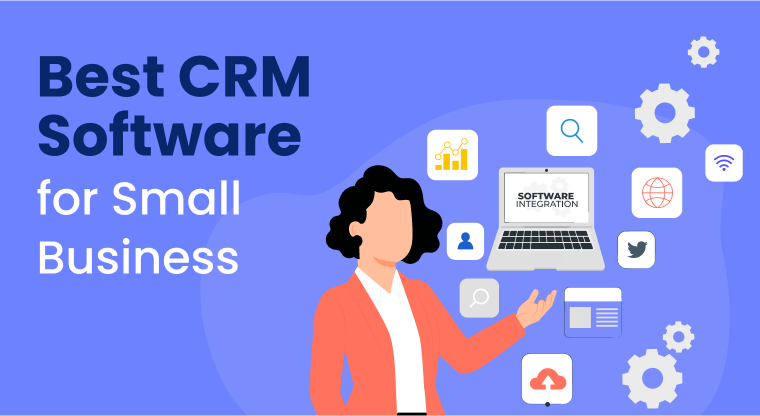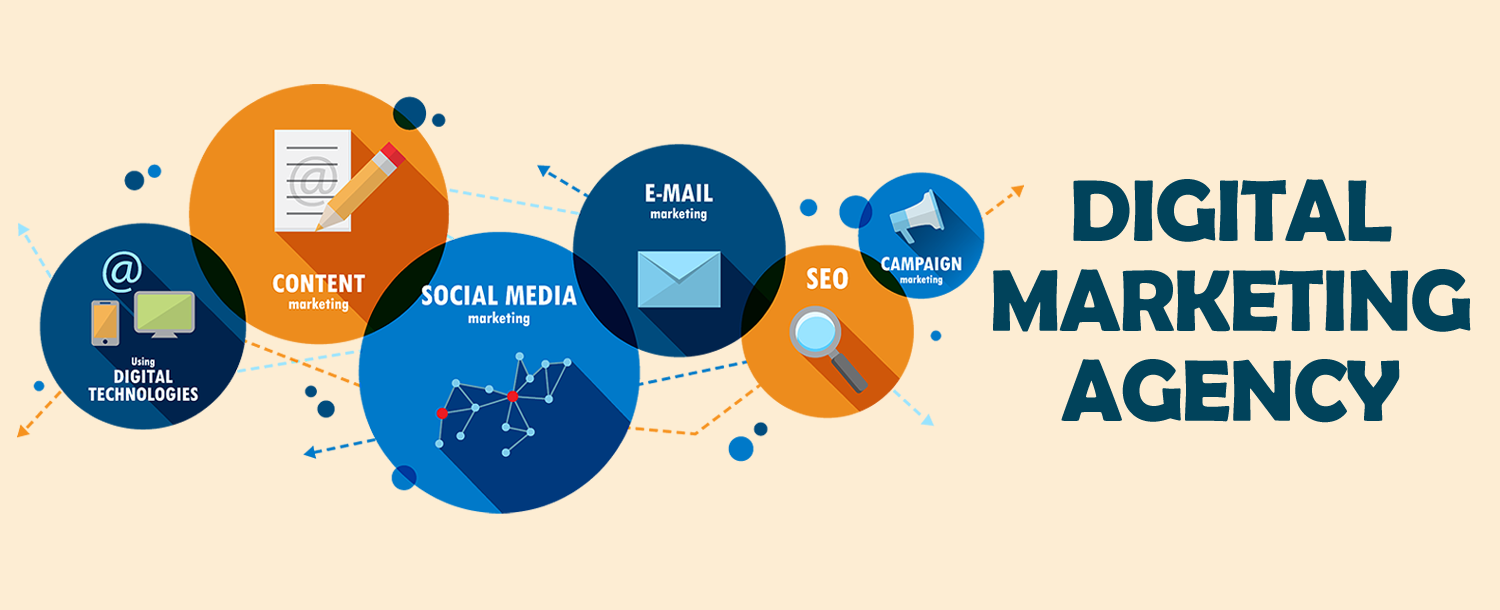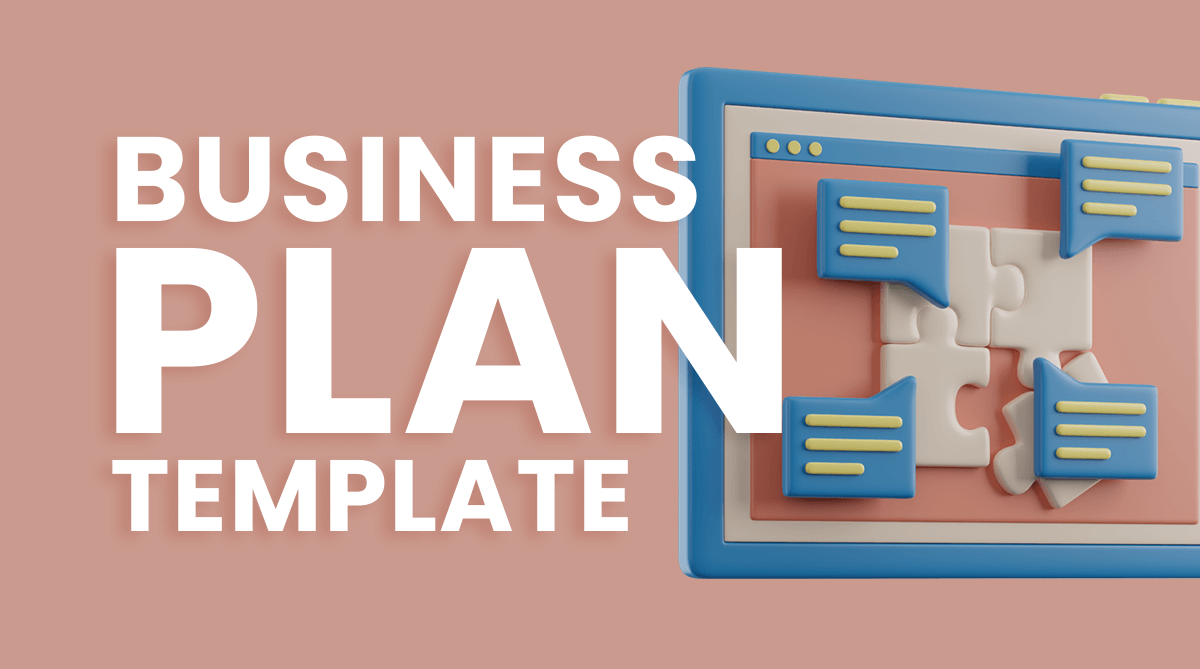10 Top Social Media Platforms for Growth and Engagement

In today's digital age, social media platforms have become integral to personal communication, brand marketing, and community building. With a plethora of options available, selecting the right platform can be daunting. Whether you're a business aiming to enhance your online presence or an individual seeking meaningful connections, understanding the nuances of each platform is crucial.
This comprehensive guide delves into the top social media platforms of 2025, offering insights to help you make informed decisions.
10 Top Social Media Platforms That Drive Your Business Growth
In 2025, choosing the right social media platform for your business isn't just about popularity—it's about alignment. Your target audience, brand personality, content format, and business goals all play a role in selecting the ideal platform. With countless options available, it’s essential to focus on platforms that not only have a large user base but also offer the tools and flexibility to drive growth, engagement, and conversions.
Below, we break down the top social media platforms that businesses are leveraging to scale their presence and build meaningful connections with their audience.
1. Facebook
As one of the biggest social media platforms in history, Facebook remains a cornerstone for business marketing in 2025. With over 2.9 billion monthly active users, it continues to provide unmatched reach across all age groups and demographics. Whether you’re running a global brand or a local business, Facebook's robust ad targeting, community-building features, and integrated shopping tools make it incredibly versatile.
Features: Business Pages, Facebook Ads, Groups, Marketplace, Facebook Live, and Facebook Shops.
Pros: Huge global audience, excellent ad targeting, wide range of content formats (text, video, events, live).
Cons: Organic reach is declining, especially for small pages; younger users are increasingly shifting to other platforms.
2. YouTube
YouTube has evolved beyond a video-sharing platform—it's now the second-largest search engine in the world, with over 2.5 billion active users. For brands focused on long-form storytelling, tutorials, product demos, or entertainment content, YouTube is unmatched. Video content builds trust and keeps users engaged longer, making YouTube a powerful tool for lead generation and brand awareness.
Features: Branded Channels, YouTube Shorts, Live Streaming, Super Chat, Memberships, and Monetization.
Pros: Long shelf-life of content, strong SEO value (Google search visibility), monetization options for creators.
Cons: High production demands, strong competition, and a steeper learning curve for content creation.
3. Instagram
Instagram remains a powerhouse in the visual content space, especially for brands targeting millennials and Gen Z. With over 2 billion active users, it’s a go-to platform for fashion, travel, beauty, lifestyle, and e-commerce brands. The integration of shopping tools, reels, and influencer marketing has made Instagram a dynamic space for conversion and engagement.
Features: Stories, Reels, Shopping Tags, Highlights, IGTV, and Instagram Live.
Pros: High engagement rates, excellent for brand aesthetics, strong influencer marketing ecosystem.
Cons: Algorithm changes may affect reach; limited link-sharing options without external tools.
4. TikTok
TikTok has revolutionized the way short-form video content is consumed and created. With over 1.8 billion users as of 2025, its explosive growth makes it one of the most popular and innovative social media platforms today. TikTok is ideal for brands that are willing to embrace creativity, authenticity, and trends in real time.
Features: For You Page, Duets, Stitch, Filters, Challenges, and TikTok Ads.
Pros: High viral potential, organic reach still strong, strong Gen Z and millennial user base.
Cons: Fast content turnover, trend-based strategy may require constant content updates.
5. LinkedIn
LinkedIn is the top social media platform for B2B marketing and professional networking. With more than 900 million members, it’s ideal for companies targeting decision-makers, professionals, and industry peers. Content on LinkedIn skews toward thought leadership, company culture, industry trends, and career growth.
Features: Company Pages, Showcase Pages, LinkedIn Live, LinkedIn Articles, and Ads.
Pros: Focused professional audience, great for employer branding and recruiting, high organic reach for insightful content.
Cons: Limited engagement outside professional contexts; some features are behind premium subscriptions.
6. WhatsApp
WhatsApp, with over 2 billion global users, has evolved from a simple messaging app into a business communication tool. WhatsApp Business and API integrations allow brands to connect with customers through personalized, real-time conversations. It's especially powerful in regions where SMS marketing is less effective.
Features: WhatsApp Business, Broadcast Lists, Catalogs, Quick Replies, and Automated Messages.
Pros: Excellent for customer service and direct engagement, high message open rates, end-to-end encryption.
Cons: Limited discoverability; lacks native advertising infrastructure like Facebook or Instagram.
7. Reddit
Reddit might not be the first platform businesses think of, but its strength lies in its niche communities (subreddits) and highly engaged user base. With over 500 million monthly users, Reddit is ideal for brands that want authentic conversations and feedback from passionate audiences.
Features: Subreddits, AMAs (Ask Me Anything), Polls, and Reddit Ads.
Pros: High trust environment, perfect for niche marketing and community-driven engagement.
Cons: Content moderation is strict; overt promotion can backfire if not done authentically.
8. BlueSky
BlueSky is one of the best new social media platforms gaining traction in 2025. Created as a decentralized alternative to traditional networks, it gives users more control over their data and feeds. While still in its early stages, it shows promise for users concerned about data privacy and platform governance.
Features: Open protocols, Customizable Feeds, Verified Communities.
Pros: High user autonomy, no centralized algorithm controlling visibility, rapidly growing interest from developers and privacy advocates.
Cons: Smaller user base, limited marketing tools (for now), still in development.
9. Threads by Meta
Meta’s new microblogging platform, Threads, launched as a Twitter alternative, quickly became a hotspot for real-time conversation. Its tight integration with Instagram gives it a built-in audience and appeal among creators and brands who want a less volatile platform for commentary and engagement.
Features: Threaded posts, Follower sync with Instagram, Trending topics.
Pros: Built-in Instagram audience, creator-friendly interface, great for fast updates and storytelling.
Cons: New and still evolving; lacks mature ad tools as of early 2025.
10. Pinterest
Pinterest continues to thrive as a visual discovery engine, particularly for e-commerce, design, travel, and DIY content. With over 500 million active users, it's great for evergreen content and product inspiration. It’s often overlooked but offers high intent users ready to take action.
Features: Idea Pins, Product Tags, Rich Pins, Pinterest Ads.
Pros: Long content lifespan, strong conversion potential for retail brands, search-based traffic.
Cons: Limited interaction compared to other platforms, requires consistent pinning for optimal results.
Here's a structured comparison table for the 10 Top Social Media Platforms that drive business growth, covering Name, Core Features, Pros & Cons, and Application Scenarios:
| Platform | Core Features | Pros & Cons | Best Application Scenarios |
| - Business Pages - Facebook Ads - Groups & Marketplace - Live & Shops |
✅ Massive reach (2.9B users) ❌ Declining organic reach |
Global brands, local businesses, e-commerce | |
| YouTube | - Brand Channels - Shorts/Live - Monetization - Super Chat |
✅ High SEO value ❌ High production cost |
Tutorials, product demos, brand storytelling |
| - Reels/Stories - Shopping Tags - IGTV/Live - Influencer collabs |
✅ Visual appeal ❌ Algorithm volatility |
Lifestyle, fashion, beauty, Gen Z marketing | |
| TikTok | - For You Page - Duets/Stitch - Challenges - TikTok Ads |
✅ Viral potential ❌ Fast content churn |
Trend-driven brands, viral campaigns |
| - Company Pages - Articles/Live - B2B Ads - Recruiting tools |
✅ Professional audience ❌ Niche engagement |
B2B marketing, employer branding | |
| - Business API - Broadcast Lists - Catalogs - Automated replies |
✅ High open rates ❌ No native ads |
Customer service, hyper-local promotions | |
| - Subreddits - AMAs/Polls - Community ads |
✅ Niche engagement ❌ Anti-promo culture |
Tech, gaming, community-driven feedback | |
| BlueSky | - Decentralized - Custom feeds - Verified communities |
✅ User control ❌ Small user base |
Early adopters, privacy-focused audiences |
| Threads | - Microblogging - Instagram sync - Trending topics |
✅ Built-in audience ❌ Immature tools |
Real-time updates, creator commentary |
| - Idea Pins - Product tags - Search ads |
✅ High purchase intent ❌ Low interaction |
E-commerce, DIY, wedding planning |
Key Takeaways:
-
Mass Reach: Facebook, YouTube
-
Visual Storytelling: Instagram, TikTok
-
Professional Networking: LinkedIn
-
Conversational Marketing: WhatsApp, Threads
-
Niche Communities: Reddit, BlueSky
-
E-Commerce Drivers: Pinterest, Instagram Shopping
Platform Selection Guide:
-
B2C Brands: Instagram + TikTok + Facebook
-
B2B Companies: LinkedIn + Twitter/Threads
-
E-Commerce: Pinterest + Instagram + Facebook Shops
-
Customer Support: WhatsApp + Facebook Messenger
-
Community Building: Reddit + BlueSky
Key Factors to Consider When Selecting Social Media Platforms
Selecting the right social media platform for your brand is not a one-size-fits-all decision. Each platform offers unique strengths, user bases, and content dynamics. To maximize ROI and audience engagement, it's essential to evaluate several key factors that align with your brand’s identity, goals, and capabilities.
1. Audience Demographics
Understanding your target audience is the foundation of any successful social media strategy. Age, gender, location, income level, and online behavior all influence which platforms your audience uses. For example, Gen Z dominates TikTok and Snapchat, while Millennials and Gen X are more active on Instagram and Facebook. LinkedIn is ideal for reaching professionals, while Pinterest skews toward female users interested in lifestyle and DIY content. Knowing where your audience is most engaged helps you focus your efforts where they matter most.
2. Content Type and Format
Each platform thrives on different types of content. Instagram and Pinterest are highly visual, ideal for image-driven industries like fashion, travel, and design. YouTube supports long-form videos, making it perfect for tutorials, vlogs, and reviews. Twitter (or Threads) favors short-form text and quick updates, while TikTok prioritizes creative short videos. Choose a platform that supports the kind of content you excel at producing, or tailor your content strategy to match the platform’s strengths.
3. Business Goals
Your business objectives should guide your platform choices. Are you aiming to drive website traffic, increase brand awareness, generate leads, or build a community? For instance, if brand visibility and reach are priorities, Facebook and TikTok’s algorithmic discoverability are beneficial. For B2B lead generation, LinkedIn is far superior due to its professional user base and targeting tools. Align each platform’s features and strengths with your specific marketing goals to ensure measurable results.
4. Resources and Capabilities
Consistency and quality are key to succeeding on any platform. Evaluate whether you have the internal resources—time, talent, and tools—to create the type of content each platform demands. High-production video content for YouTube or TikTok requires more effort than static images or text posts on Facebook or LinkedIn. Also, factor in your ability to engage with your audience through comments, direct messages, and community management. Underestimating the time required for engagement and content creation is a common pitfall.
5. Analytics and Performance Tracking
Data is the compass of digital strategy. The best social media platforms offer robust analytics tools that track performance across impressions, engagement, reach, click-through rates, conversions, and audience growth. Insights allow you to refine your approach, A/B test content types, and allocate budgets effectively. Platforms like Facebook, Instagram, and LinkedIn offer built-in analytics dashboards, while third-party tools like Sprout Social or Hootsuite can unify cross-platform data for deeper analysis.
6. Advertising Capabilities
If paid promotion is part of your strategy, investigate the advertising infrastructure of each platform. Facebook and Instagram offer advanced targeting based on user behavior, interests, and demographics. TikTok provides creative ad formats that blend naturally into user feeds. LinkedIn allows hyper-targeted B2B ads by industry, job title, and company size. Choose platforms that match both your advertising goals and your budget.
7. Platform Trends and Future Viability
In the fast-evolving world of social media, staying ahead of platform trends is crucial. Is the platform growing or declining in popularity? Is it launching new features that support business marketing (e.g., Instagram’s Threads or LinkedIn’s Creator Mode)? Keep an eye on emerging platforms like BlueSky or new AI-driven networks that may offer early adopter advantages. Investing in a dying platform can waste time and budget, while recognizing trends early can help you outpace competitors.
Conclusion
Navigating the myriad of social media platforms can be overwhelming, but understanding each platform's unique offerings and aligning them with your goals can lead to significant growth and engagement. Whether you're a business aiming to expand your reach or an individual seeking meaningful connections, there's a platform tailored to your needs. Start by identifying your objectives, understanding your audience, and choosing platforms that align with both.
FAQs
1: What was the first social media platform?
The first notable social media platform was Six Degrees, launched in 1997. It allowed users to create profiles and connect with friends, laying the foundation for modern social networking. You can also turn to top social media management tools to boost productivity.
2: What are the most popular social media platforms in 2025?
As of 2025, the most popular platforms include Facebook, YouTube, Instagram, WhatsApp, and TikTok, each boasting billions of active users.
3: Which are the best new social media platforms to watch?
Emerging platforms like BlueSky and Threads are gaining traction, offering innovative features and catering to niche audiences.
4: Where can I find a comprehensive list of social media platforms?
Comprehensive lists can be found on reputable sites like Statista and Backlinko, detailing platforms by user base and features.
5: What are the best social media posting platforms?
Tools like Buffer, Hootsuite, and Sprout Social are among the best for scheduling and managing posts across multiple social media platforms.









